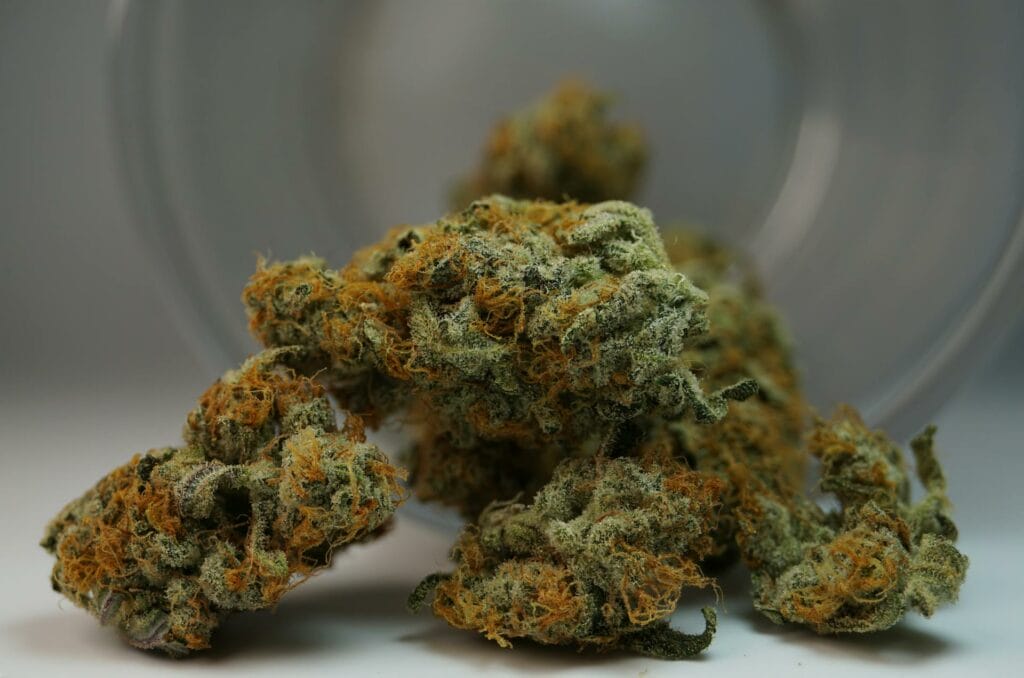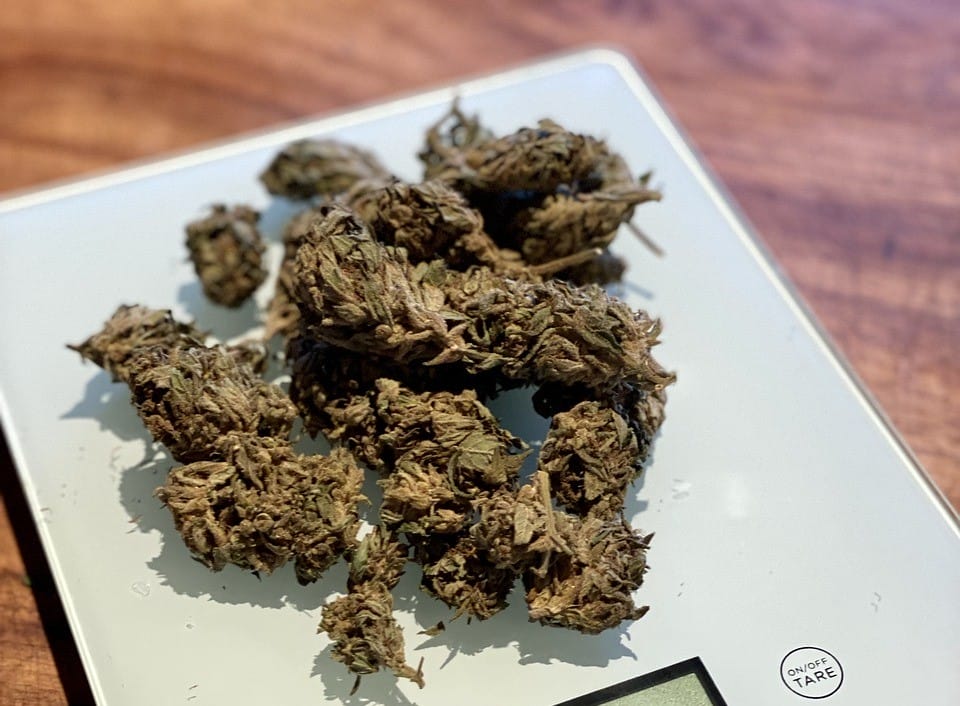For decades, cannabis enthusiasts believed that Indica and Sativa strains from an online dispensary Canada offer distinct experiences. Indicas are calming and relaxing, which is perfect for unwinding. Sativas are energizing and uplifting, ideal for daytime use.
Recent research suggests these differences may be more myth than fact. Let’s explore the latest findings and what they mean for consumers.
Table of Contents
- The Historical Roots of the Indica vs. Sativa Debate
- New Research Shakes the Foundation
- The Role of Cannabinoids and Terpenes: What Really Matters?
- The Modern Cannabis Industry: Why is Labeling Still Relevant?
- Order Status: Persisting with Old Labels, Incorporating New Selection Method
- The Future of Cannabis Labeling at Online Dispensary Canada
- Frequently Asked Questions

The Historical Roots of the Indica vs. Sativa Debate
Cannabis, one of humanity’s oldest crops, has been cultivated for food, fibre, medicine, and its psychoactive properties for over 12,000 years. With a global industry worth $65 billion and more than 700 strains available, consumers today select from two main categories.
The terms “Indica” and “Sativa” were first used in the late 18th century by French biologist Jean-Baptiste Lamarck, who classified marijuana plants based on their appearance. Indicas were short with thick leaves, while Sativas were tall with thin leaves.
Appearance alone doesn’t determine how a weed affects the body and mind. According to neuroscientist Nick Jikomes, the plant’s chemistry matters.
A 2022 study analyzed over 90,000 strain samples and found that the labels don’t reliably indicate THC content or effects. Cross-breeding over time has blurred the lines between these categories, where the distinction largely becomes meaningless.
New Research Shakes the Foundation
Heard that Sativas energize and Indicas relax? It’s not that simple. Here’s what research reveals about what really affects your high.
To improve accuracy, researchers suggest classifying marijuana by its chemical composition rather than physical traits. Each plant contains around 540 chemicals, including over 144 cannabinoids like THC and CBD, influencing its effects.
A proposed system would label strains by listing their key compounds, similar to food ‘Nutrition Facts.’ This would include cannabinoids and terpenes, which affect flavour, aroma, and possibly the plant’s effects through the “entourage effect.” For example, myrcene may enhance THC’s psychoactive effects, while limonene is associated with mood elevation.
Methods
| Samples | 297 samples from Bedrocan International BV, HempFlax, and Dutch ‘coffee shops,’ excluding those labelled ‘Hemp.’ Classified on a five-point scale from 100% Sativa to 100% Indica for statistical analysis. |
| Gas Chromatography | Ground marijuana components extracted with ethanol. Peak identification and compound quantification. Some compounds were combined or renamed based on their properties. |
| Genomic Analysis | Whole-genome DNA and single nucleotide polymorphisms were identified and filtered for quality. Resulted in 137 samples with genetic and chemical data, which were further analyzed. |
| Genome-wide Association | Performed to determine the concentration of a chemical in a sample. |
Results
- The two categories are so mixed that a clear distinction is nearly impossible.
- The effects are more likely determined by its chemical profile, including cannabinoids and terpenes, rather than its classification.
- Grouping strains by dominant terpene profiles—like limonene, myrcene, caryophyllene, or pinene—also aligns with genetic patterns. This approach is more scientifically accurate.
The Role of Cannabinoids and Terpenes: What Really Matters?
What must consumers focus on if the category distinction is largely irrelevant? The answer is in the chemical makeup of the marijuana plant.
Cannabinoids
The cannabis plant produces over 480 compounds, including many cannabinoids. These cannabinoids are the active ingredients that influence how marijuana affects people, whether they’re using it for recreational enjoyment or medical treatment.
The two main cannabinoids:
- THC (Tetrahydrocannabinol): Primary psychoactive component. Higher levels are associated with stronger effects.
- CBD (Cannabidiol): Known for its non-psychoactive, calming properties. Used for anxiety, pain, and inflammation.
Terpenes
Terpenes influence the aroma and flavour of a strain and may work with cannabinoids and other compounds in the plant to enhance psychoactive effects. While they do not produce a traditional “high,” some are considered psychoactive because they can affect the brain.
Although they are not intoxicating on their own, they might influence the impact of THC. Many budtenders believe that consumers overemphasize THC content when selecting a strain. They recommend focusing on specific terpene profiles to achieve the desired effects.
The following are terpene compounds you can find in high-quality cannabis products or some cannabis concentrates:
| Terpene | Aroma | Experience |
| Myrcene | Earthy, Musky, Clove-like | Relaxation, Sedation, Pain Relief |
| Limonene | Citrus (Lemon, Orange) | Mood Elevation, Stress Relief |
| Caryophyllene | Spicy, Peppery | Anti-inflammatory, Pain Relief, Stress Relief |
| Pinene | Pine, Herbal | Alertness, Memory Retention, Anti-inflammatory |
| Linalool | Floral, Lavender | Relaxation, Anxiety Relief, Stress Relief |
| Humulene | Earthy, Woody | Appetite Suppression, Anti-inflammatory |
| Terpinolene | Floral, Citrus, Woody | Uplifting, Antioxidant, Sedative |
The “entourage effect” explains that cannabinoids and terpenes work together to produce the overall experience. The interaction within these compounds makes the simplistic Indica/Sativa labelling less relevant.
The Modern Cannabis Industry: Why is Labeling Still Relevant?
Despite the scientific evidence, Indica and Sativa labels persist in the market. Why?
- Consumer Familiarity: Deeply ingrained in the culture. They provide a simple way for consumers to choose products.
- Marketing Convenience: Labels make it easier for sellers to categorize and market products. This allows the universal marketing of a wide range of products in a way that consumers can easily understand.
- Product Selection on a Budget: People just try to buy whatever the most bang they can get for their buck. This suggests that many buyers prioritize potency over strain type. Price drives the industry, with the lowest prices selling in the highest volumes.

Order Status: Persisting with Old Labels, Incorporating New Selection Method
Buying weed online? Given the blurred lines between the two categories, how can consumers make informed choices?
- Look for products that list their cannabinoid and terpene content. This provides a better indication of the mind and body reactions you can expect.
- Start low and go slow, particularly for new users. Gauge your body’s response first before adding more.
- Where and how the strain is from can affect its chemical profile. Seek out the best marijuana dispensary that prioritizes quality.
If you want to check out the best products, you can order weed online; here are a few options from the best online dispensary. When you buy weed online at a cannabis store, you can guarantee an efficient delivery or mail-order marijuana service. They also offer free gifts and shipping insurance at the check-out process.
| Product | Strain Type | THC (%) | CBD (%) | Terpenes | Experiences |
| Cake Bomb | Indica | 24 | 0.2 | Limonene, Myrcene, Linalool | Relaxation, Happiness, Sleepiness |
| Cereal Milk | Sativa | 20 | 0.4 | Caryophyllene, Limonene, Humulene | Potent High |
| Mochi | Hybrid (Balanced) | 22 | 0.4 | Caryophyllene, Limonene, Myrcene | Creativity, Pain Relief |
Also, check out: French Cookies
The Future of Cannabis Labeling at Online Dispensary Canada
Despite the evidence, the distinction is unlikely to disappear quickly due to its ease of use. Simplicity prevails over complexity, particularly in a market where consumers may not have the time or interest to explore the science behind marijuana.
Understanding the chemistry can lead to better, more personalized experiences for those willing to look deeper. As research progressively evolves, so will our understanding of this ancient plant, and perhaps one day, the myth will be fully laid to rest. For now, GrassLife, our online dispensary, is offering you detailed information on buds that is easy to understand.
Frequently Asked Questions
Should I stop using Indica and Sativa terms?
While the terms are still widely used, it’s helpful to complement them with more specific information about a strain’s chemical makeup. This approach will give you a clearer understanding of what to expect and help you make more informed choices. For more information please visit the best sativa strains Canada now!
Can terpene profiles change over time?
Yes, a strain’s terpene profile can change due to factors like storage conditions, age, and curing processes. Freshly harvested plants may have different terpene concentrations than aged or improperly stored strains. This can impact the mind and body reactions you experience, regardless of the strain’s classification.
Do buds with the same chemical composition lead to the same effects?
No. Even if two marijuana flowers have similar chemical compositions, their effects can still differ. Variations in the amounts or percentages of cannabinoid content and terpenes, even as small as 0.5%, can lead to noticeable differences in impact. Individual reactions to weed can also affect how each person experiences the same strain.
Does the cannabinoid and terpene profile affect the medical impact?
Yes, understanding the chemical composition is necessary not only when buying cannabis online but for its medical impact. THC and CBD offer different medical benefits, and various terpenes contribute unique impacts.
For example, if you’re seeking a strain for pain relief, look for those with high THC levels, moderate to low CBD levels, and terpene components known for their pain-relieving properties, such as myrcene and caryophyllene.



